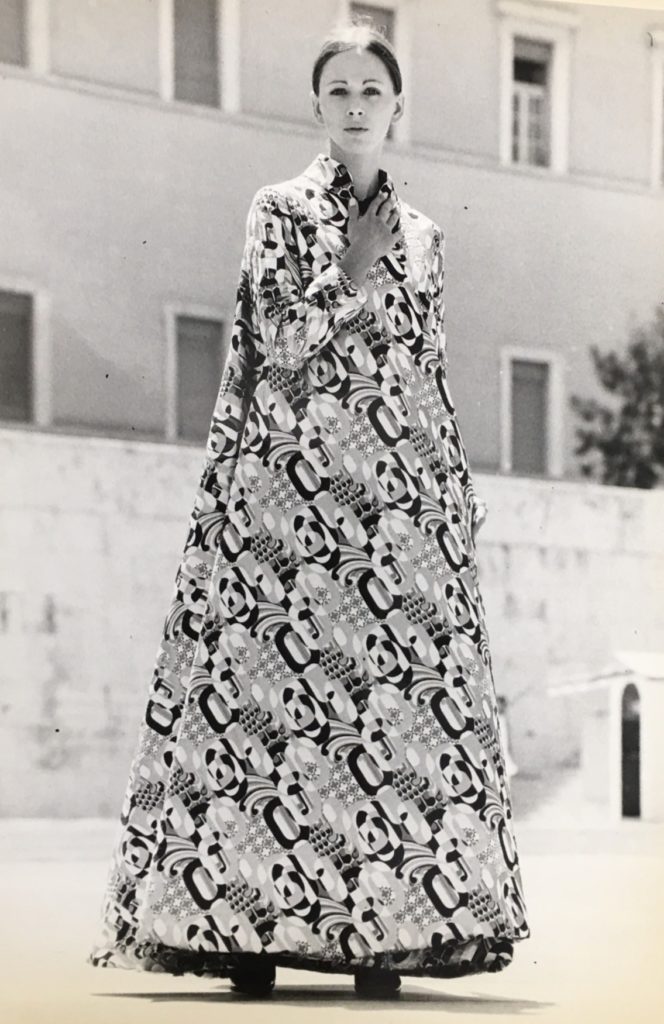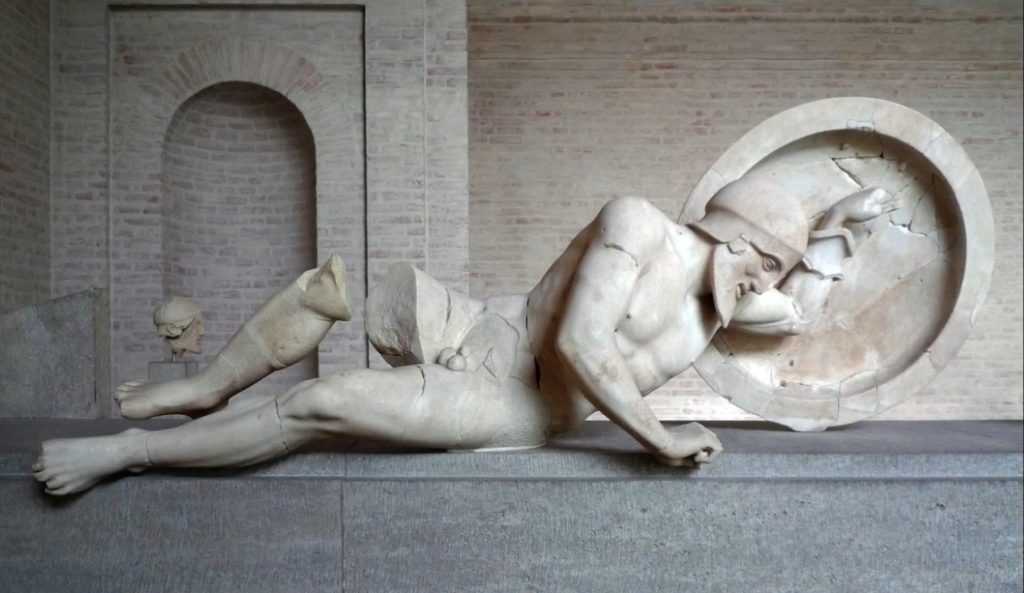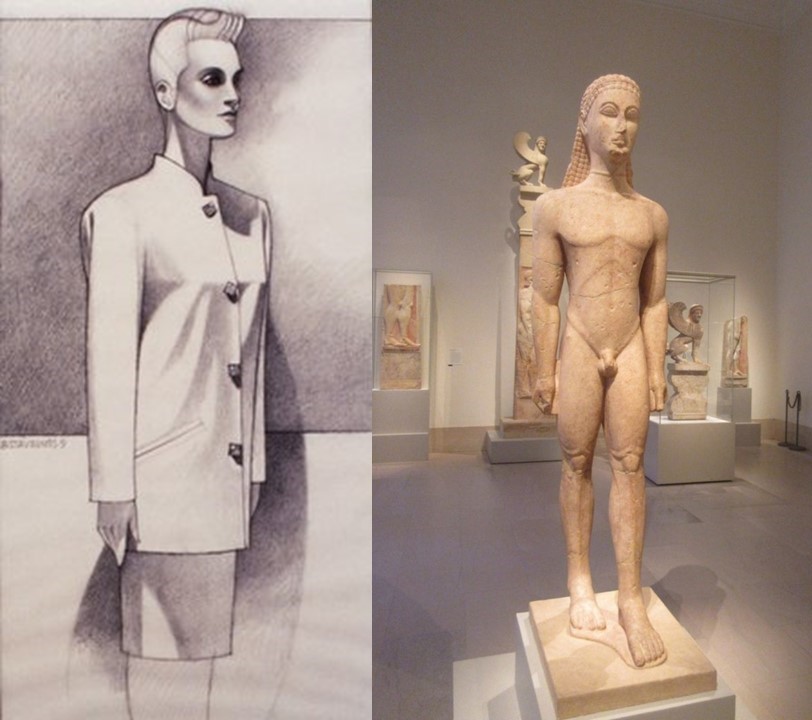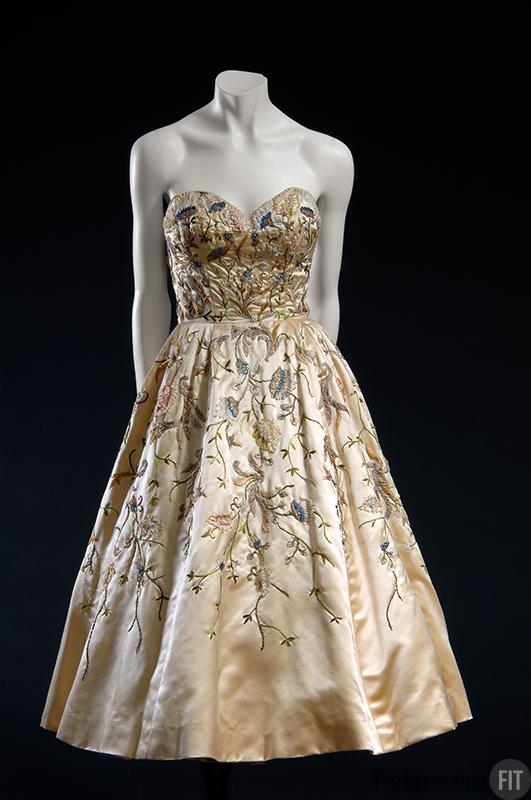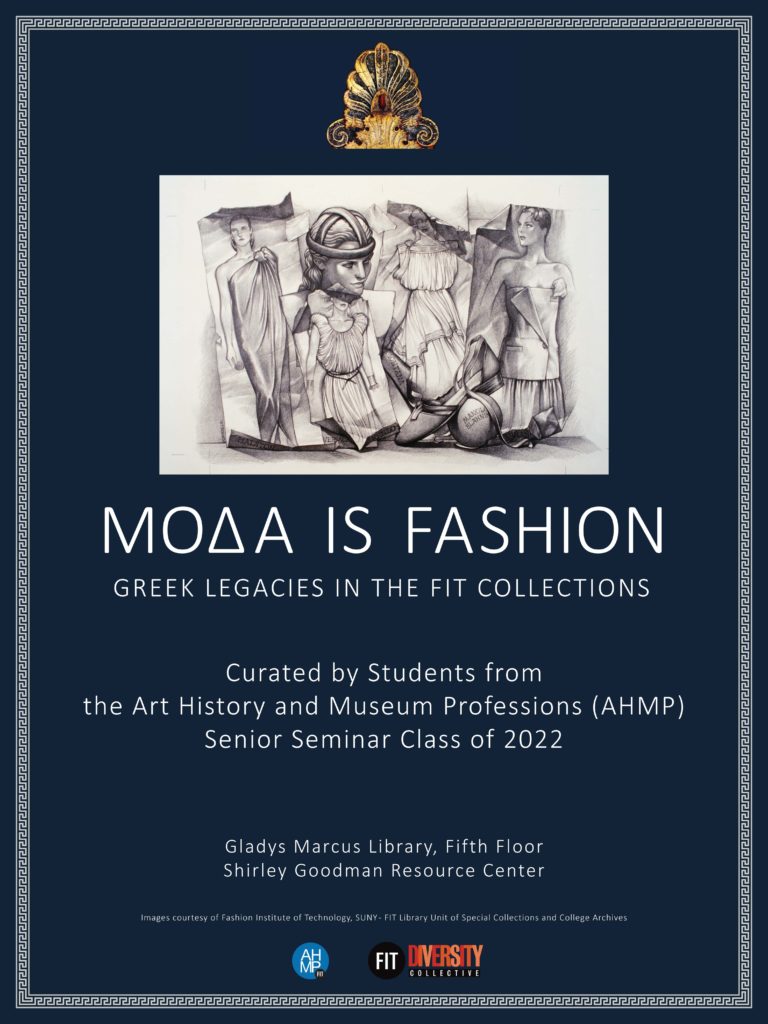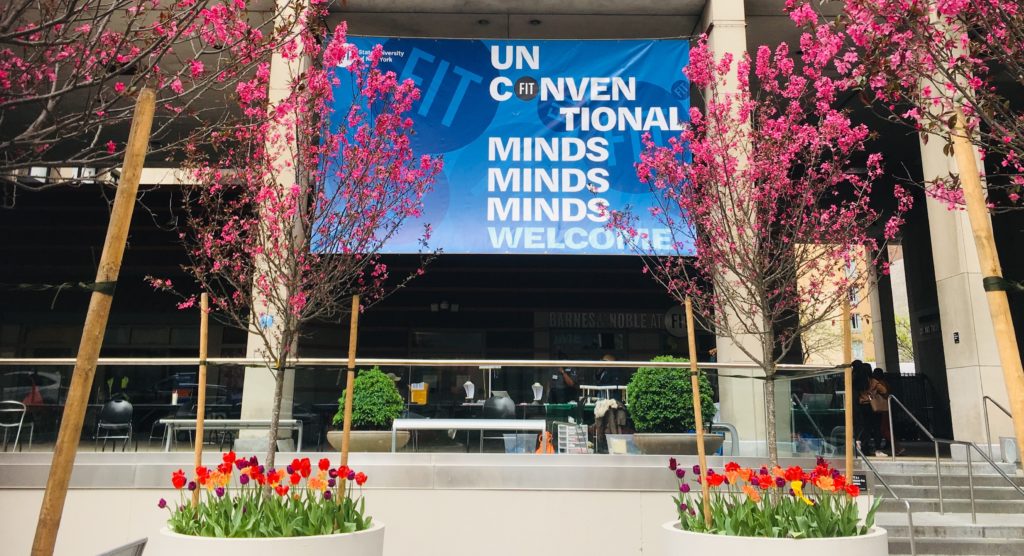By Zoe Klipstein, Monday, March 28, 2022
This essay is written as an assignment for the AHMP senior class “Exhibitions” project ΜΟΔΑ IS FASHION. The exhibition is on display at the State University of New York’s FIT campus Gladys Marcus Library in Spring and Summer 2022.
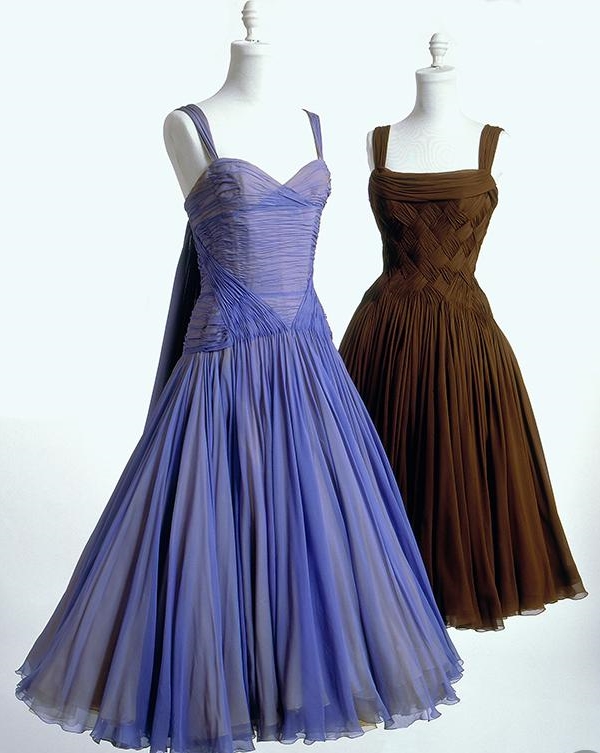
Jean Dessès (1904–1970), whose beautiful gowns can be found in many major museums such as the Museum at FIT, the Metropolitan Museum of Art in New York, and the Victoria & Albert Museum in London, began his fashion career at an early age.
Born to Greek parents in Egypt in 1904, Dessès was one of the estimated 150,000 Greeks living in Alexandria in the early 20th century. Those Greeks included writers Constantine Cavafy (1863–1933) and Penelope Delta (1874–1941). For all of them, Greek heritage played an inspirational role during their life. The Greek population in Egypt reached its peak in 1927, in the aftermath of the defeat of the Greek Army in Asia Minor in 1922.
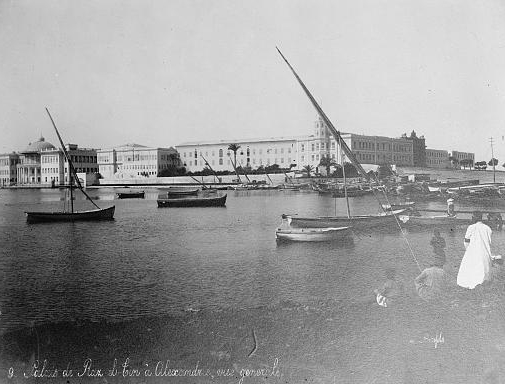
Dessès worked first for a small couture house named Maison Jane. He opened his own couture house in 1937, and gained a lot of clients after the end of WW2. Around 1955, he opened a small boutique in Athens and would permanently move to Greece in 1960. Dessès did his major work primarily during the 1950s and 60s.
Dessès was well-known for his evening gowns. Many of these gowns are held in museum collections worldwide. Some are still worn by movie stars. In 2006, actress Jennifer Lopez wore a vintage green Jean Dessès dress to the Oscars. His dresses were inspired by classical Greek and Egyptian statuary and art, while still reflecting the trends of the time. After WW2, fashion shifted drastically because of the increased availability of different kinds of fabric. This was reflected in the creation of bigger skirts with more elaborate designs. Because the war was over, women no longer were expected to work and were expected to resume their feminine image causing a shift towards a more feminine silhouette in design. The way that Dessès took inspiration from classical Greek sculpture in his designs, creates a timeless image for his work. He uses complicated pleated patterns and light, delicate fabric that could make any woman feel like a goddess.
The dress introduced in ΜΟΔΑ IS FASHION is held in the collections of the museum at FIT (96.112.1). It is a blue evening dress from 1956. The bodice is corseted and decorated with a complicated series of plates that would accentuate the wearers’ waist to achieve the desirable figure of the time. The skirt is made of layers of yellow and blue chiffon that makes the skirt have a very full and romantic feeling. It feels as though the dress was made for movement. This dress was last on display in Ballerina: Fashion’s Modern Muse in 2020 where I was able to see it in person for the first time.
While he is not as widely known today as he was then, Dessès’ dresses are still on display. An overall assessment of his career and legacy will be possible when dispersed archival and material collections can be reassembled and a biography of his life has been written.
Further Reading
Kitroeff, Alexander. 2019. The Greeks and the Making of Modern Egypt. Cairo: The American University in Cairo Press.
Leontis, Artemis, Lauren E. Talalay and Keith Taylor. 2002. What these Ithakas mean: Readings in Cavafy. Exhibition, Kelsey Museum of Archaeology. Ann Abor. The University of Michigan Press.
Mears, Patricia et al. eds. 2019. Ballerina: Fashion’s Modern Muse. New York: Abrams.
Tziovas, Dimitris. 2009. Greek Diaspora and Migration since 1700: Society, Politics and Culture. Farnham: Ashgate.
Wilcox, Claire. 2007. The Golden Age of Couture: Paris and London 1947-1957. London, Victoria & Albert Museum.
About the Author

Zoe Klipstein is a senior in the AHMP program and the Vice President of the AHMP Association. Zoe is interested in art and fashion history and wishes to one day further her education in fashion history.
Current Favorite Reading or Art Exhibition
Inspiring Walt Disney: The Animation of French Decorative Arts, The Metropolitan Museum of Art, December 10, 2021 to March 6, 2022.

